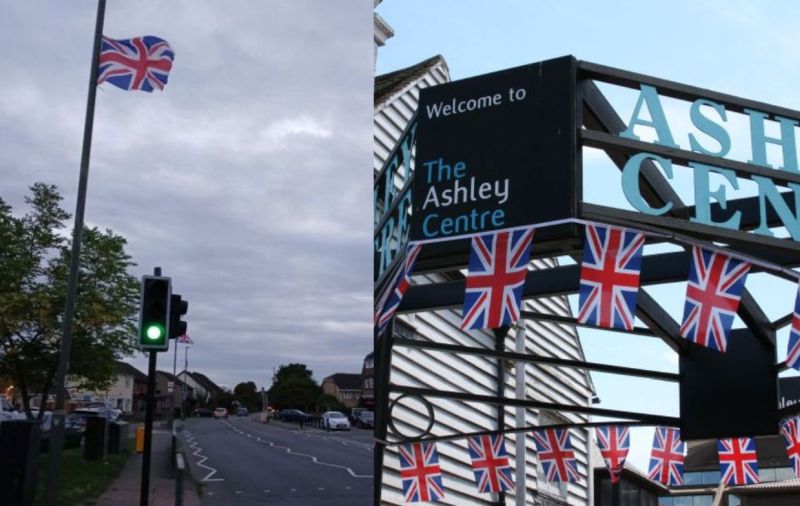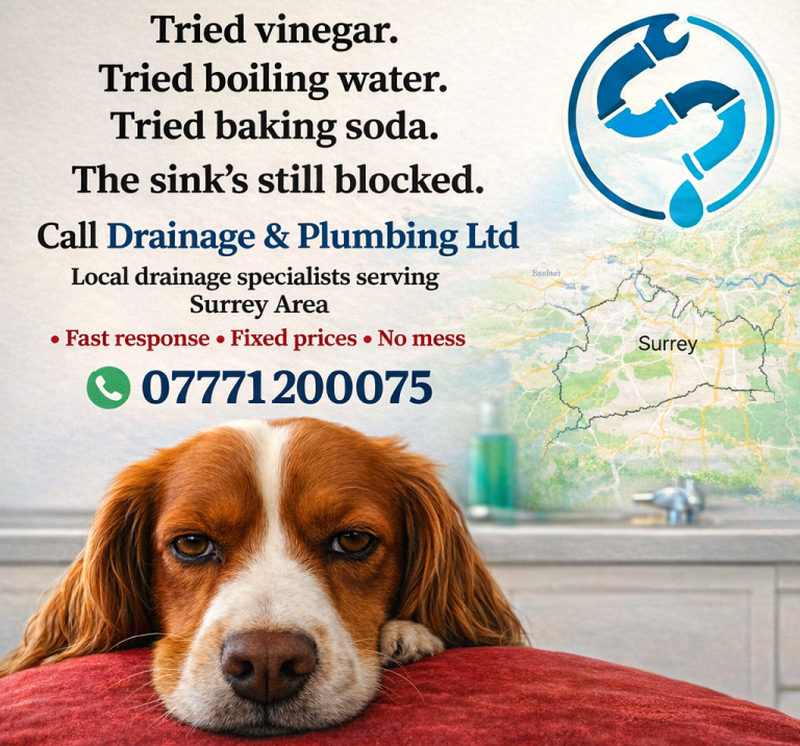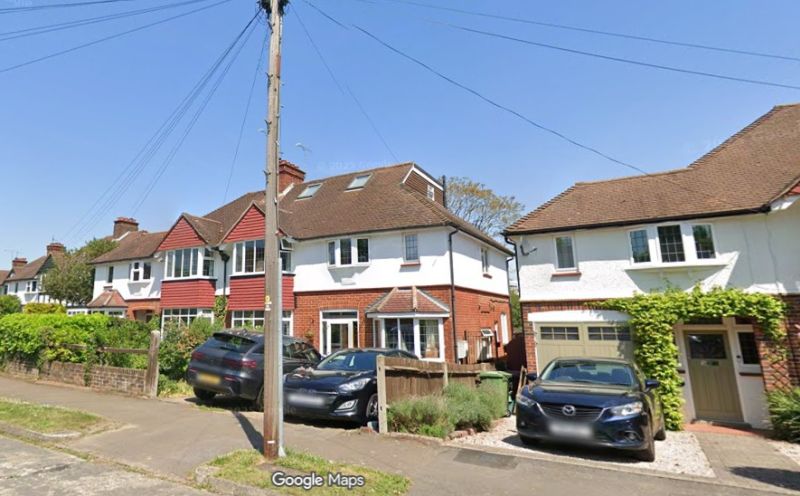A concert of English music in Epsom
Peter Lutton reviews a concert given by Epsom Choral Society of English music conducted by their Musical Director, Julian Collings. The concert took place Saturday 9th March at St Martin’s Church, Epsom.
The concert opened with Elgar’s The Spirit of the Lord, the atmospheric opening to his oratorio The Apostles, contains several themes heard throughout the work. There are one or two tricky moments but it is very direct in its unison passages and with its majestically long melodic line. The choir ensemble throughout was good and the climax was very effective, Elgar’s word setting allowing real clarity of text. Just occasionally I felt that a little more support in the choir’s breathing would have lifted the line, but this was a strong start.
John Ireland’s Greater Love Hath No Man again has a strong melodic line and clear presentation of
the text. The opening tenor line was well projected with a good vocal blend and it was encouraging
to see a choral society with a healthy number of men, some younger – one or two of the latter
watching the conductor assiduously. Only once was the ensemble not quite together but the early
climax was powerful and was particularly dramatic as it subsided. The Soprano solo was excellently
projected and well balanced by the Baritone. The change of tempo was smooth and the build up to
the choral climax suitably staged. The arrival at the final climax was very effective, followed by a
well-supported soft closing section, though I would have liked to hear more bass in the final bars.
The emotional circumstances of this work’s early performances (during and after WW 1) resonate
today as much as ever and this presentation was in the best English tradition.
Herbert Howells’ Like as the Hart is one of four small-scale anthems written in war time when he
directed the reduced forces of the chapel music at St John’s College, Cambridge. The tenors and
basses produced a warm sound at the start and the first tutti was suitably intense. A few more
consonants from the sopranos would help in the acoustics of St Martin’s but the Piu Animato went
well as did the climax on ‘Where is now thy God?’ The Tenor and Bass were better supported than
the Sopranos but the latter handled very well the demanding descant which accompanies the return
of the opening material. Bliss indeed was the final tutti with its ecstatic solo Soprano, followed by
the atmospheric ending. A memorable performance of a great piece, an all-time favourite of your
scribe.
Gerald Finzi’s Lo the Full and Final Sacrifice is a work on a much greater scale. After the organ
introduction (full marks to the organist, Peter Jaekel, as this is a demanding piece on any instrument)
the first choral entry was excellent despite a hint of flatness at the end of the section. Again, we
have a piece where the words can be heard and understood – we heard them clearly. Though the
next entries were exposed, they were confident and accurate, not least the altos with the low start.
While the G flat section wobbled slightly, the Soprano entry with (another) big tune was very clear
and confident as indeed were the following entries, though the unison on ‘Help, Lord’ was less
united. But these are small points; the performance conveyed the rhapsodic nature of a musical
style very suited to the metaphysical poets, not least in the climax on ‘Lo the Bread of Life’.
The final work, Stainer’s ‘The Crucifixion’ of 1887 has, as the programme helpfully noted, had its ups
and downs. Stainer had rebuilt the reputation of St Paul’s Cathedral Choir; in ’The Crucifixion’ he
encouraged the grass roots of Anglican music.
This performance did full justice to this piece. The soloists gave us the lines with simple directness, as
did the choir in its first entries outlining the drama of the scene in the Garden. John Findon
sensitively sang the tender solo that provided relief before the final tutti section. The recitative
which covered the crucifixion itself was clearly given – the soloists were consistently top-class and
the solos which followed kept up the intensity, especially in ‘King ever Glorious’. John Findon was
very impressive at every level – I have not heard it sung better.
In the final chorus the pent-up tensions of the drama found release, in the brisk tempo and strong dynamic contrasts. There was some lack of clarity in the short ‘Crucify!’ shouts but we got the point. The final pages were well shaped, as well as being tender and dramatic in equal measure and having an effective ending, even though it was pianissimo.
Though we all know the end of the story, it still has the power to move, as this performance of the
final recitative and semi-chorus proved. The well-known final hymn leaves us with the hope for the
future even though Easter is not mentioned. It was clear that the choir had really enjoyed the whole
dramatic progression; the audience certainly did.
Peter Lutton














